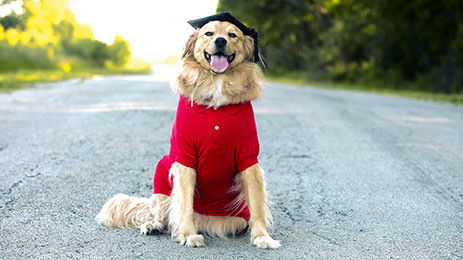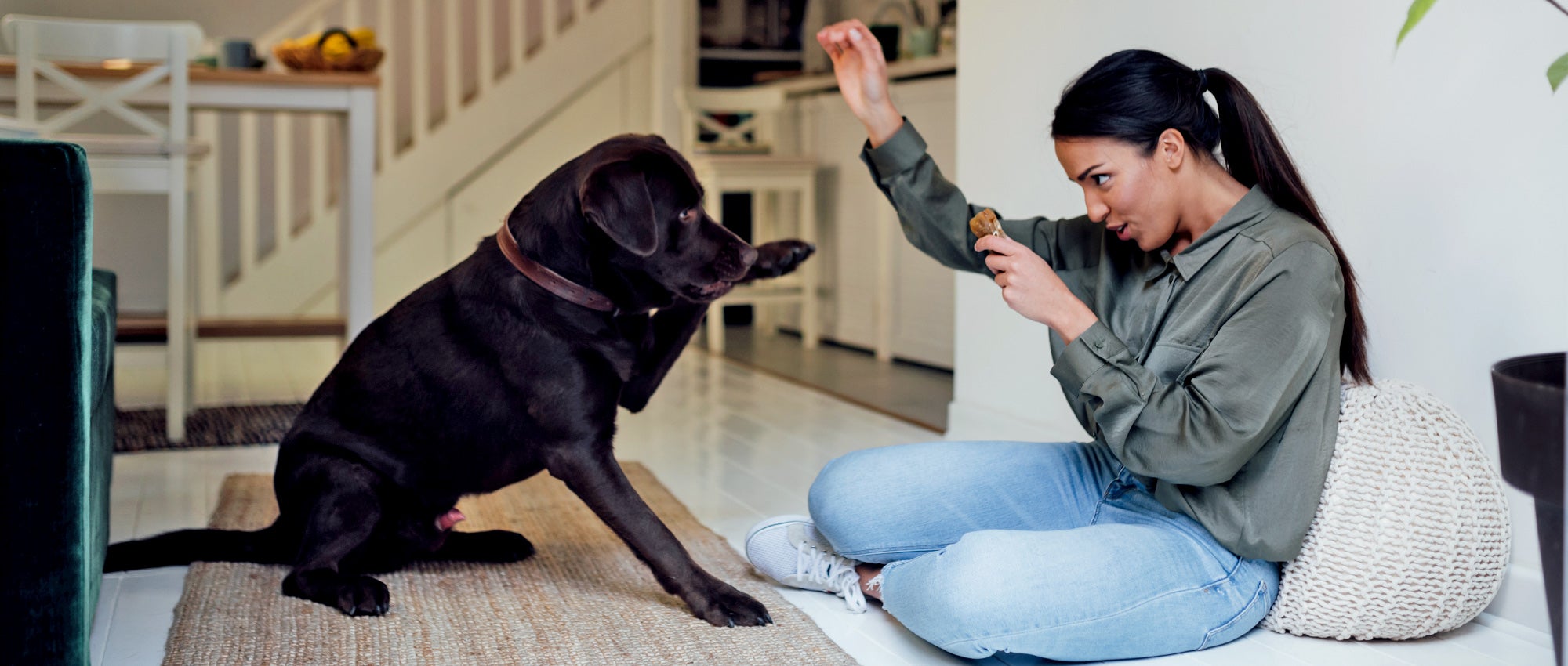Essential Tips for Successful Dog Training: An Overview for Family Pet Owners
Efficient pet training is a diverse procedure that calls for a strategic method tailored to both the animal's temperament and the proprietor's goals. Comprehending how to browse these challenges can considerably improve the training experience, ultimately transforming the relationship between proprietor and pet.
Comprehending Dog Habits
Comprehending dog behavior is important for effective training and cultivating a harmonious connection between pooches and their proprietors. Pets connect mostly with body movement, vocalizations, and actions, making it crucial for proprietors to analyze these signals accurately. Identifying a pet dog's posture, tail position, and ear alignment can supply insights into its psychological state. A wagging tail does not constantly indicate happiness; it can additionally signify exhilaration or anxiousness.

Socializing plays a substantial role in dog behavior; direct exposure to numerous settings, people, and various other animals can considerably influence a canine's character. Furthermore, variables such as type characteristics and specific personality ought to lead training techniques, as some types may have details behavioral traits that necessitate tailored strategies. By comprehending these elements, proprietors can produce an encouraging atmosphere that encourages favorable habits, causing effective training results and a deeper bond with their family pets.
Developing Regular Commands
Efficient communication with your pet dog starts with developing consistent commands. This foundational element of training is vital for fostering understanding in between you and your animal. Consistency in the commands you make use of makes certain that your pet dog can dependably associate certain words or phrases with the preferred habits.
When picking commands, pick clear, distinct words that are very easy to distinguish and claim from one another. Avoid making use of similar-sounding commands that might puzzle your canine. Using "sit" and "remain" is ideal, but "rest" and "hit" can lead to misconceptions.
Additionally, preserve the exact same tone and quantity for every command. Dogs are sensitive to singing cues, so varying your tone can create complication.
It is equally essential to ensure that all relative get on the same web page pertaining to the commands used. A united front in command use will certainly protect against blended signals and enhance the discovering procedure.
Favorable Reinforcement Techniques
The power of positive support in canine training exists in its ability to motivate preferred habits with rewards and appreciation. This strategy is based in the principle that habits complied with by desirable results are most likely to be repeated. By including favorable reinforcement right into your training routine, you can successfully shape your dog's actions in a constructive fashion.
To apply favorable reinforcement, it's vital to identify what inspires your dog, whether it be deals with, toys, or verbal praise. When your canine executes a desired action, such as remaining on command, immediately reward them with a reward or affection. This association in between the command and the favorable end result strengthens their understanding.
It's vital to timing the benefits correctly; delivering the reinforcement within seconds of the preferred behavior helps your canine make the connection (dog training). In addition, uniformity is key-- guarantee that all relative utilize the same commands and benefit systems to avoid complication
Progressively, you can lower the click over here now frequency of deals with as your pet learns the actions, transitioning to applaud or periodic incentives. This method not just promotes a strong bond between you and your dog yet additionally promotes a favorable understanding environment, making training a satisfying experience for both.
Socialization and Communication
Regularly subjecting your canine to a range of settings, people, and other pets is crucial for their social growth. Socialization must begin early, preferably during the essential window of 3 to 14 weeks, when pups are most receptive to new experiences. Older pets can additionally benefit from ongoing socializing efforts.
Introduce your dog to various setups, such as parks, pet-friendly shops, and metropolitan areas. This exposure assists them adapt to numerous stimulations, reducing anxiety and worry feedbacks. Motivate favorable communications with other dogs and individuals, ensuring that these encounters are regulated and secure to foster confidence.
Utilize structured playdates with well-mannered pet dogs, as this can enhance your dog's social skills and show them proper habits. Obedience classes and training sessions also offer exceptional opportunities for socializing, permitting your dog to connect with others in click here for more a monitored environment.
Monitor your pet's body language throughout interactions, as this will certainly assist you assess their comfort level. Slowly boost exposure to even more difficult scenarios while ensuring that each experience declares. A well-socialized pet is most likely to display well balanced actions, making them a happiness to have in any type of setting.
Resolving Usual Training Obstacles
Every dog proprietor will come across training challenges eventually, no matter of their dog's age or socialization level. Recognizing typical problems such as stubbornness, distractions, and fearfulness can assist in establishing effective approaches for improvement.

Diversions during training sessions can thwart emphasis. To fight this, start training in a quiet atmosphere with very little stimuli. Slowly introduce diversions as the pet becomes much more skillful in commands. Short, constant training sessions are additionally effective in keeping attention.
Fearfulness can impede a canine's learning process. Progressive desensitization to the resource of concern, matched with favorable reinforcement, can aid minimize stress and anxiety. Patience is important; never ever force a dog right into a scenario that causes distress, as this might aggravate the problem.
Inevitably, understanding and addressing these typical difficulties with a structured approach will cultivate a more productive training experience, strengthening the bond in between pet and owner while advertising effective knowing.
Verdict
In recap, effective canine training relies upon a thorough understanding of canine behavior, the try this out establishment of consistent commands, and the application of positive support techniques. Socializing plays a vital duty in developing well-adjusted pets, while addressing usual training challenges calls for patience and flexibility. By carrying out these essential methods, family pet proprietors can cultivate a strong bond with their canines and promote desirable actions, inevitably leading to a harmonious partnership in between people and their canine companions.
Comprehending dog behavior is essential for reliable training and fostering a harmonious connection in between dogs and their owners.Socialization plays a significant function in pet dog actions; exposure to different environments, people, and various other pets can substantially impact a pet's temperament.The power of positive reinforcement in canine training lies in its capability to encourage desired actions through benefits and appreciation. By incorporating positive support into your training program, you can efficiently form your dog's behavior in a positive manner.
In summary, effective dog training depends on a thorough understanding of canine behavior, the establishment of regular commands, and the application of positive support techniques.